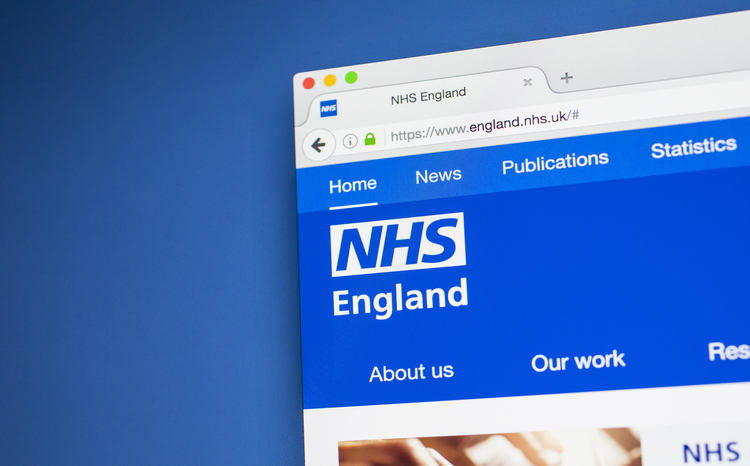Data for Life: re-thinking the architecture of health and care IT
- 8 April 2021

Tomaž Gornik, CEO and founder of Better, explains why Matt Hancock’s vision for digital transformation in the NHS is the right one and what needs to be done in order for it to succeed.
At this year’s Digital Health Rewired, the Secretary of State for Health and Social Care, Matt Hancock, announced his renewed vision for digital transformation, with data accessibility at the very top of his post-Covid agenda for the use of digital in the NHS. “We need to make it easier to write applications or create services that interact with data from different NHS organisations”, he explained in his keynote address.
Hancock’s vision is particularly timely, with Covid serving as a catalyst for care shifting from hospitals to communities and the home, meaning that the flow of data across care providers and care settings is critically important to maintaining safety and quality of services. What’s more, it is becoming increasingly clear that citizens want to be more engaged in managing their own health and wellness, with many already demanding full access to their health record.
This shift in behaviour is encouraging because if we can empower patients to share responsibility for managing their conditions, we can improve medical outcomes and lower the cost of treatment. However, for all of Hancock’s ambition and the increased demand for more personalised care, in its current state, the system is fundamentally ill-equipped to deliver responsive services of this kind.
The correct approach, not a new one
More often than not NHS organisations are reliant on one of two models for digital transformation: (1) costly single vendor systems that ‘lock in’ data; and (2) best-of-breed approaches that struggle with interoperability. This means that even though Covid-19 has accelerated innovation and new models of care delivery, with an explosion of new digital solutions, unless we reconsider the very basis of our approach, we will amplify data silos and progress will prove to be incremental.
It is for this reason that Hancock has identified a different approach — the correct approach, but not a new one. The crux of his proposition is to separate data from applications and manage data in an open format, through open standard specifications such as openEHR, which offers a domain-driven platform for developing flexible e-health systems, based on a clear separation of content and technology. This allows for clinicians to develop open source clinical data models that are free to use – best utilising their clinical expertise and enabling development of a platform that truly meets their needs – while the IT experts build software based on open specifications meaning they can focus their expertise solely on the software development.
The open data approach is already proving to be successful across Europe and beyond. For example, Moscow’s city-wide EHR is built on openEHR offering a centralised, vendor-neutral electronic health record for the city’s 12 million citizens across more than 1,000 institutions. Whereas in Germany, all eight leading German University Hospitals use openEHR for research. We are also starting to see a shift to open platforms in the UK, with more than 30 NHS trusts and organisations across all four devolved nations using openEHR.
The countries, regions and trusts now adopting open platforms are no longer early adopters — open data approaches are part of the main market. But even so, it is likely to take 3-5 years before the majority of trusts come onboard, and so a bi-modal approach will be necessary to bridge the gap between the current state and the new approach. We can do this through the use of standard APIs that will allow legacy EHRs and new open platform-based systems to coexist, enabling innovation during the transition and enabling trusts to reap some of the benefits of the open data approach immediately.
In making his announcement, Hancock is delivering a clear message to trusts to ditch monolithic solutions in favour of a system in which clinicians can develop open-source clinical data models that are free to use, with IT experts building software based on open specifications. What we need now, is consistency in that messaging to give trusts confidence that the NHS is fully supporting — if not, demanding — this fundamental shift.
Ironically, trusts that have made the largest investments into monolithic solutions will be the last to transform.





1 Comments
What is the problem (and what are the patient outcomes) that these ‘solutions are the solution to? I maintain the problem is erratic care through broken, non-existent or ad hoc clinical procedures, whose redesign precedes ANY mention of technology. This is where the NHS has been going round in circles with ‘futures’ plans since at least 2011. It is still spinning round and will continue to do so until it finds and addresses the root cause(s) of any CLINICAL problems.
Comments are closed.